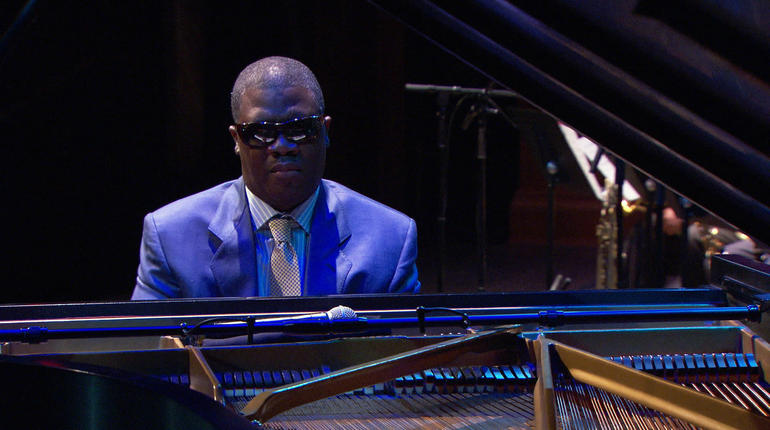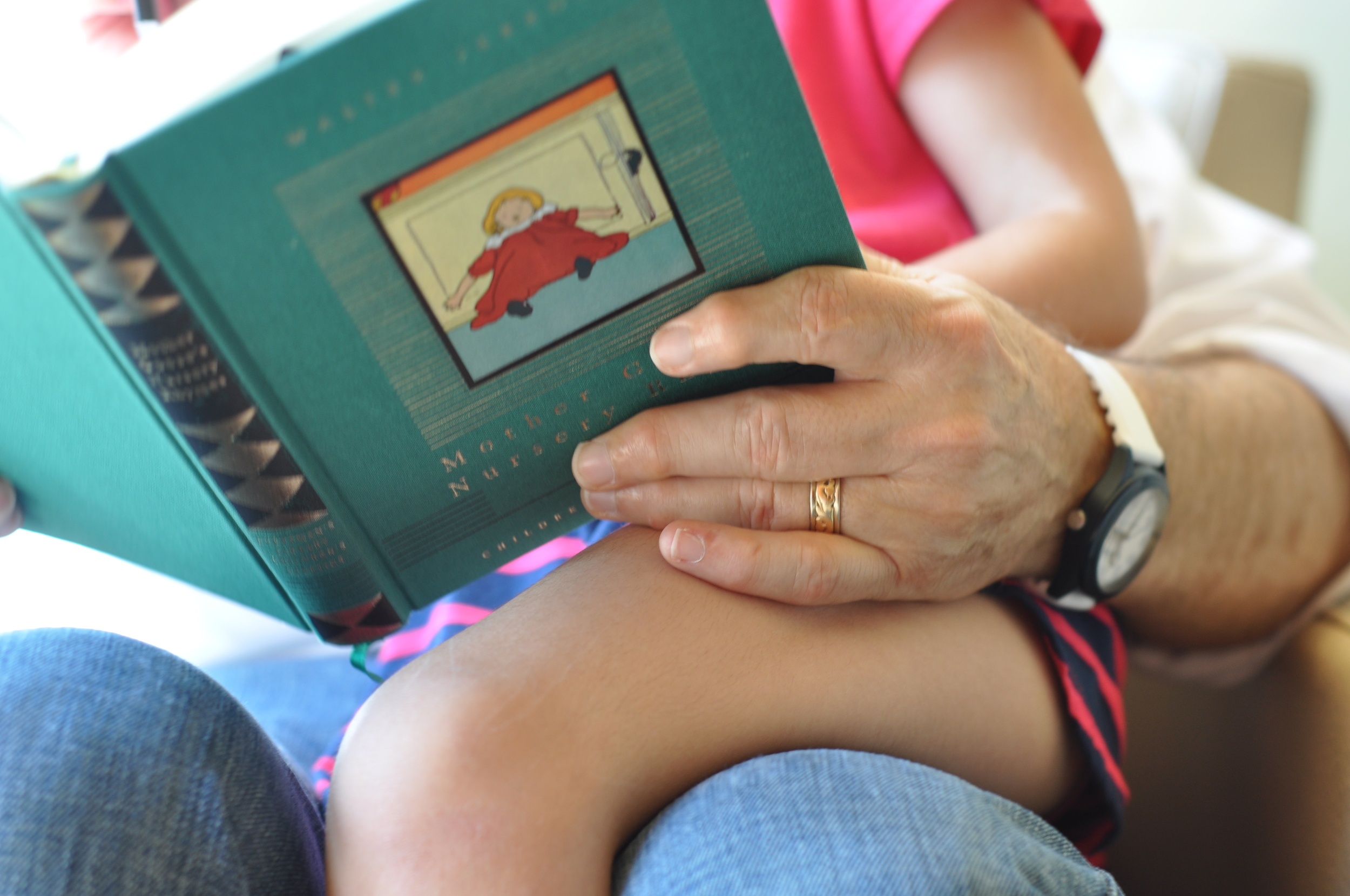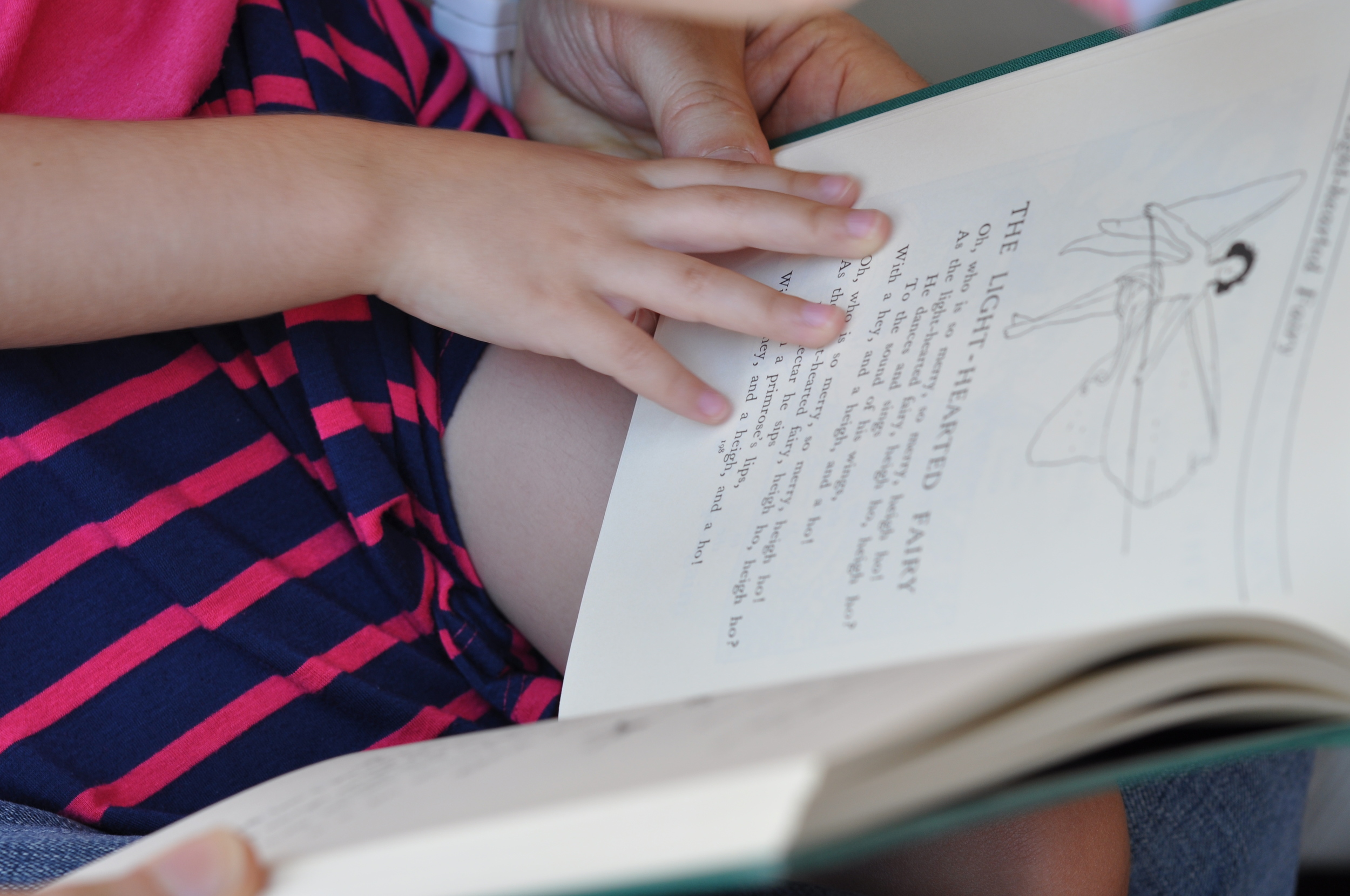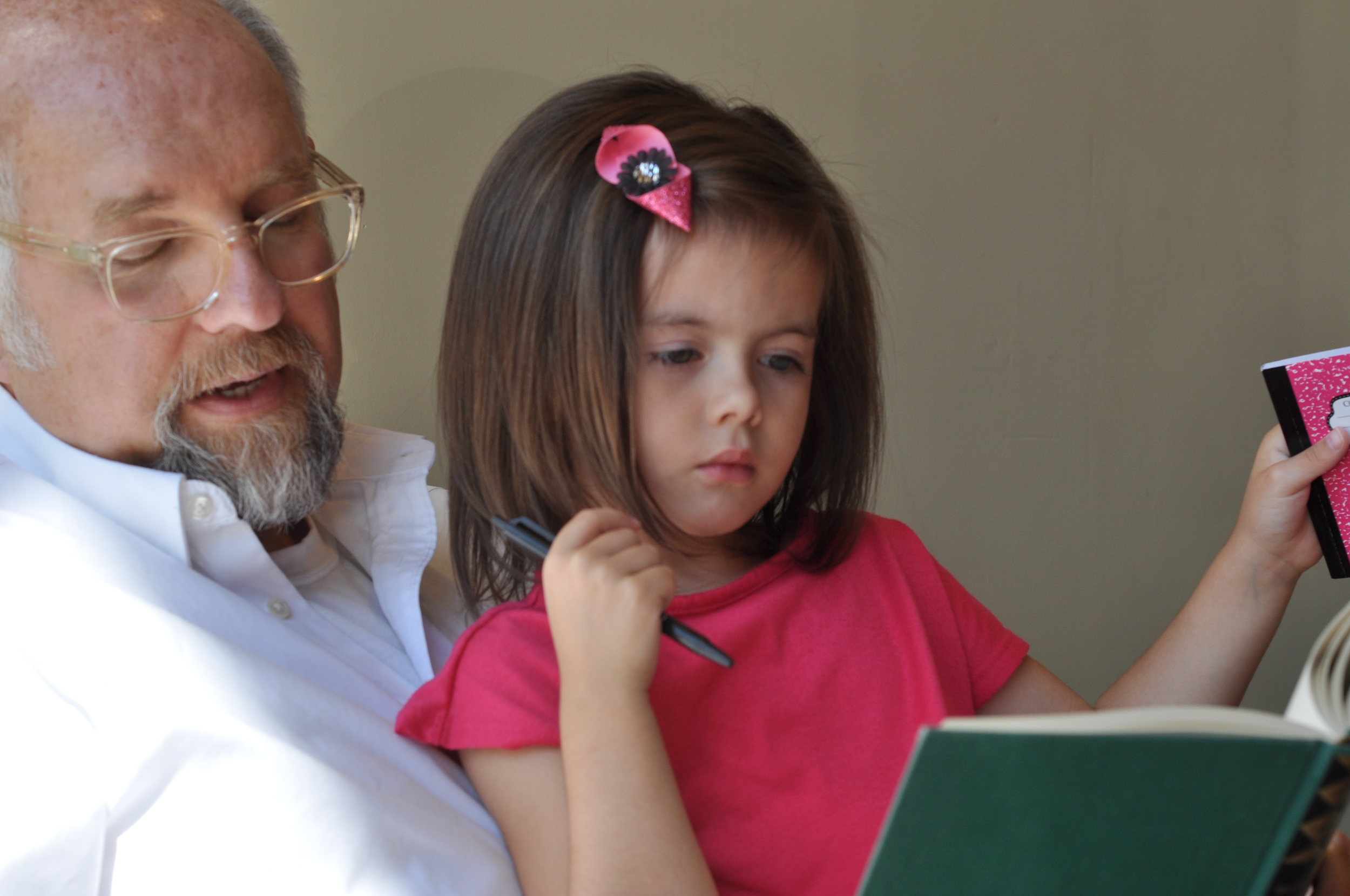Buckle Up Buttercup!
/Remember back in the day when wearing seat belts was optional?
In fact, for us "men of a certain age", the cars we rode in and learned to drive during our first coming-of-age didn't even have seat belts. Now we strap the grand-girls into devices that remind me of something I once saw some cosmonaut in on his way to outer space. The cool thing is, the girls climb into these seats like that's what normal kids do. Of course they have something else we didn't have as kids--miniature TV screens playing their favorite programs.
Here's my point: for them it's just automatic; routine. The car doors open, they climb in. Dad straps one in and mom the other. Big sister yells at little sister because she has grabbed big sister's "special" (fill in the blank): toy, notebook, doll, book... The doors are closed. We stand waving and sighing as the tail-lights of the mini van disappear in the distance. We miss them already, but nap time is calling.
I recall the shift when cars not only came standard with seat belts, but with a warning light and a persistent dinging sound to remind us to buckle up. It didn't work. Hard-core seat belt haters figured out how to disable the warning signs.
The government in their relentless effort to save us from ourselves, put together a catchy campaign to encourage us all to adopt seat belts as normal operating procedure. Remember the little song that was a part of the campaign:
It didn't catch on in a behavior modification kind of way. So laws were passed and tickets were issued. You know the slogan: "Click It or Ticket."
A good thing happened for me once I adopted a Click-It lifestyle. My life got simpler. You see there was a time when it was a decision-making quagmire every time I got into the car. Should I buckle up or not? I'm only going to the grocery store! As if wrecks never happen between your home and the grocery store. I'm not getting on a highway, so my top speed will be 38 or so. How much damage can I do at that speed?
Back to my point. The grand-girls don't have that quandary. They just climb in and buckle up. The don't have to waste brain power on that decision. They can save that mental energy for arguing important issues like who had the doll first.
I'm reading a book right now called, Daily Rituals: How Artists Work, by Mason Currey. It is a summary of the work and life habits of famous artists, musicians, writers, philosophers, etc. gathered from their journals and letters. What I'm learning is that rituals, routines and habits don't necessarily make life boring and predictable, but can in fact free us to be more creative. Sort of like when I stopped wasting time over that silly seat belt decision.
Now, I just buckle up and save my decision-making powers for important, life-decisions, like: should I stop at Starbucks®, drive-thru or go-in, banana-walnut bread or not, eat it all or save half for later, cash or credit, if I use credit what do I say to my Amazing-Missus when she sees the charge come through and deduces that my total charge is exactly the cost of a tall dark roast, black, and a piece of delicious, carb-laden, banana-walnut bread?













